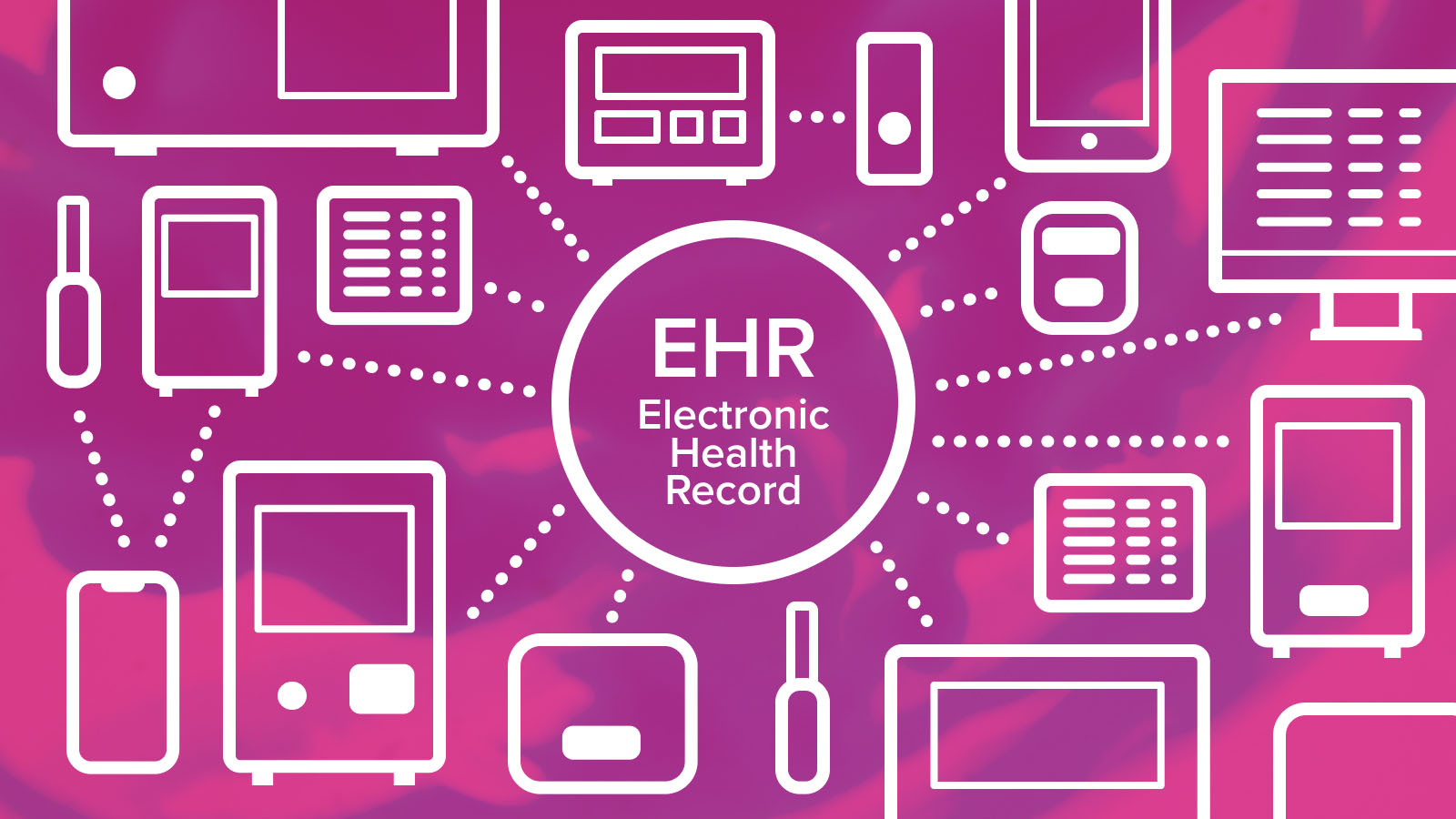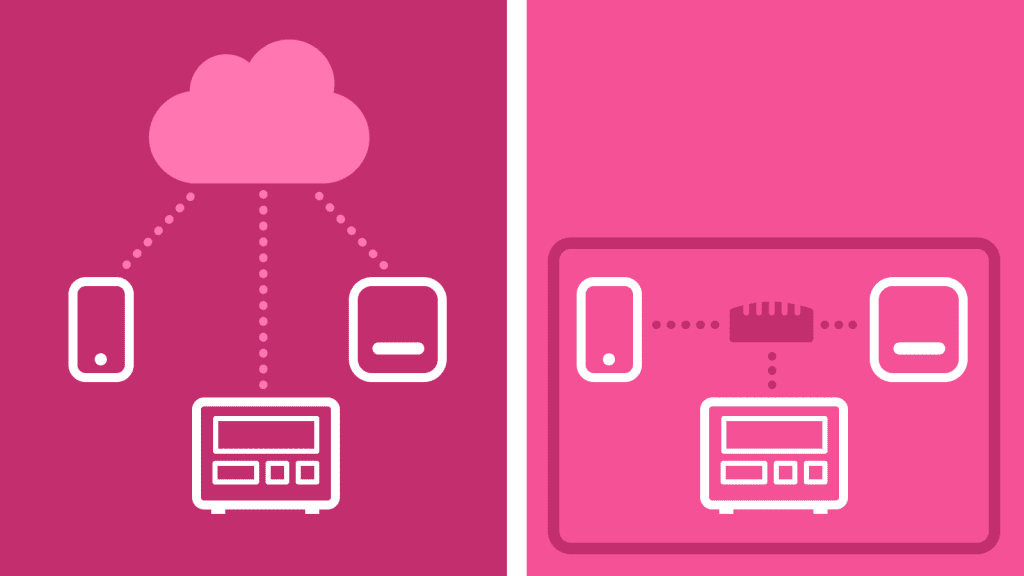
When developing connectivity for your point-of-care diagnostic product, there are two main routes – build or buy. How do you know what’s right for you?
Connectivity is an important feature if you want your point-of-care (POC) diagnostic device to succeed in the market, particularly in ambulatory settings. Devices that are not connected create a huge amount of admin, primarily data entry, that puts additional strain on already time-poor clinicians. That’s why clinics would prefer a connected device that can easily integrate with their systems.
However, identifying what type of connectivity you need for your product is not an easy task. It varies on place of use (i.e. clinic, hospital or in the home) and the workflow of users in that environment. Prioritizing features based on past experience is often unhelpful as we are seeing a rapid shift in the nature of information systems used in healthcare for POC testing. This includes a move from on-premises to cloud-based medical records, and increasingly mobile use of devices outside of medical settings, e.g. in workplaces and schools. This means that when you’re developing new POC instruments, you need to think hard about what connectivity features you should include and how you’re going to build them.
In this article, I’ll examine the pros and cons of building your own connectivity solution from scratch versus buying an off-the-shelf platform and adapting it to your device.
What if I build the connectivity myself?
If you build your connectivity product yourself, or engage a software development company to do it for you, you can get exactly the features you want. This could be Electronic Health Record (EHR) integration, device-to-device integration, remote monitoring, an app – or all of the above. However, the allure of building in any and every feature you want can be a trap – you can end up trying to build functionality that is not necessary or valued by the market.
Bespoke software developments also take time and can be costly, particularly if you want many different features. Even if you focus on one type of connectivity, for example, integration with EHRs, the development will be complex. This is because there are many EHR providers on the market, and trying to develop a product to integrate with multiple systems is a complex task. Many of these systems use proprietary interfaces or variants of standards which are difficult to develop for. If you do successfully create a product to integrate with multiple information systems, the focus then turns to how you maintain integration and compliance going forward. You’ll likely need a dedicated team to develop and roll out updates.
One way to get around this is by just making your product ready for integration, rather than building the connectivity product yourself. However, this doesn’t solve the problem for the clinics as they will need to engage a third party to integrate instruments. And you won’t be adding value to your product by offering plug-and-play connectivity – which could lead to clinics selecting a competitor’s product over your own.
What if I use an off-the-shelf connectivity platform?
Buying an off-the-shelf or white label platform overcomes many of these challenges. There are various options on the market catering for different environments, such as hospitals or clinics, and offering different types of connectivity, such as cloud and/or on-premises EHR integrations. You’ll need to select a vendor that best caters for your target customers’ needs. While there will likely be some work required to adapt the connectivity product to suit your specific POC instrument, this will be far quicker than developing something from scratch.
Once you’re up and running, ongoing maintenance, integration and security updates will usually be developed and rolled out by the connectivity vendor – meaning you don’t need your own team. This approach will save you significant upfront costs, as you’ll likely pay for the solution through a subscription-based model. While this means an ongoing cost, this is often less than it would cost you to hire a developer, or team of developers, to maintain the platform.
The main compromise you may have to make is that you may not be able to get every single feature you’ve dreamt of, as you will be limited to what your selected vendor offers or is planning to roll out. However, if you choose your vendor wisely, they should offer all the core functionality your market requires, and be prepared to work with you on customizations for your specific needs.
How do I know what approach is right for my product?
Whether you want to build your connectivity platform from scratch or buy a ready-made product depends on your company. If you have a capable internal software development team or a trusted relationship with an agency, bespoke development may be the right path. But if this is not the case – or time to market, risk management, and compliance are important to you – an off-the-shelf platform is usually the best choice. Bespoke developments are much more likely to encounter problems and delays than buying a ready-made platform. And unless you’re targeting a very specific audience, chances are, there will be a platform available that meets most or all of your connectivity needs.
Summary
When developing point-of-care products, connectivity is an essential feature if you want your product to be adopted by clinics. While you can build your own connectivity engine, using an off-the-shelf connectivity platform is usually the quickest, easiest and least risky way to add connectivity to your device and maintain compliance going forward. This plug-and-play connectivity will enable you to offer a smarter and more user-friendly product for your customers.
If you want to know more about how to add connectivity to your POC instrument, please get in touch.








